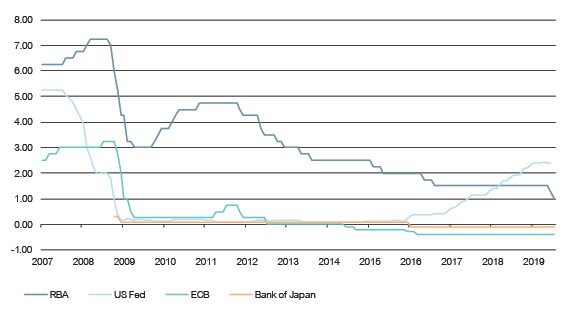After almost 30 years since the introduction of compulsory superannuation in Australia, many practitioners have called for a review of the superannuation guarantee (SG) system before the legislated increase in employers’ compulsory contributions from 9.5% to 12% by 2025. These increases are:
| Period | Super Guarantee (%) |
| 1 July 2002 – 30 June 2013 | 9.00 |
| 1 July 2013 – 30 June 2014 | 9.25 |
| 1 July 2014 – 30 June 2021 | 9.50 |
| 1 July 2021 – 30 June 2022 | 10.00 |
| 1 July 2022 – 30 June 2023 | 10.50 |
| 1 July 2023 – 30 June 2024 | 11.00 |
| 1 July 2024 – 30 June 2025 | 11.50 |
| 1 July 2025 – 30 June 2026 onwards | 12.00 |
Source: Australian Tax Office
The case against
The Grattan Institute recently published research showing that higher SG contributions would not be in the interests of many working Australians as many middle-income workers would give up wages of up to 2.5 per cent while working, in exchange for less than a 1 per cent boost to their retirement incomes. Grattan argues almost all the extra income from a higher super balance at retirement would be offset by lower age pension payments, due to the pension assets test. Pension payments themselves would also be lower under a 12 per cent super regime, because they are benchmarked to wages, which would be lower if employers contributed more to super. Grattan calculates that lifting compulsory super from 9.5% of wages to 12% would make the typical worker up to $30,000 poorer over their lifetimes.
Not surprisingly, these findings have sparked fierce debate amongst industry practitioners, with some questioning the assumptions made by the Grattan Institute, contending their calculations are based on people working until age 67 when in fact many retire before this for numerous reasons. The adequacy of the ASFA retirement standards is also a point of difference between protagonists. Grattan contends the ASFA retirement standards would mean many retirees would be significantly better off in retirement and this was not the purpose of super. Grattan’s research showed that most people reaching retirement would achieve 70 per cent of the income they had while they worked, a reasonable outcome given that in retirement most people have lower costs with children having left home and many without mortgages.
The case for
According to the Committee for Sustainable Retirement Incomes analysis, for those not eligible for an age pension (likely to be at least 40% of retirees into the future), maintaining pre-retirement living standards will require contributions of 15-20% (18% is the OECD average); for those eligible for some age pension, the contribution rate required will be lower but, even at typical earnings, would most likely be more than 12%.
Mercer contends Australia’s retirement system is not up to the standard of better systems overseas and still required the SG to move to 12% to provide comfortable retirements. Despite being compulsory, Australia’s super system covers only 75.7% of the population while comparable systems covered 80 to 90% of the population. Mercer also believes Australia’s SG contributions need to rise to 12% to ensure retirement income levels reach OECD averages. International comparisons showed Australia’s pension and retirement system in a positive light, with the Melbourne Mercer Global Pension Index in 2018 listing Australia at No.4 out of 34 countries examined. However, once the net replacement rate of pre-retirement income is factored in Australia does not compare so favourably. The OECD said Australia’s average net replacement rate was 40.7%, while for the OECD it was 65%.
No discussion could be complete without the views of former Prime Minister Paul Keating, the architect of the current SG system whose frustration at the current discourse was evident recently. He heavily criticised Liberal MPs proposing to scrap a plan to raise the SG, saying the suggestion that an increase would stifle wage growth was a ‘great lie’ and likening those against the SG increase to climate change deniers and anti-vaxxers.
What’s next?
There are many critics that suggest a redesigned assets test could help ensure increased savings boost retirement incomes. Grattan’s findings that an increase in savings through the SG would lead to a reduction in lifetime incomes is true of a voluntary increase in savings in any form other than increased investment in the family home. A better designed assets test, perhaps even a merging of the income and assets tests, could help ensure savings are not unduly penalised.
What would be beneficial is if industry practitioners articulated what they consider to be the objective of the retirement incomes system, and focused analysis on whether increasing the SG would or would not help to achieve that objective, and at what cost. A good starting point would be that Australians have secure and adequate incomes at and through retirement. ‘Adequacy’ would seemingly have two components, though there appears to be debate around the send point:
- sufficient to ensure no aged person lives in poverty (the role of the age pension); and
- sufficient to maintain pre-retirement living standards (the role of superannuation and other savings)
Only when there is broad agreement on these points can the problem of how to best achieve them can be solved.




